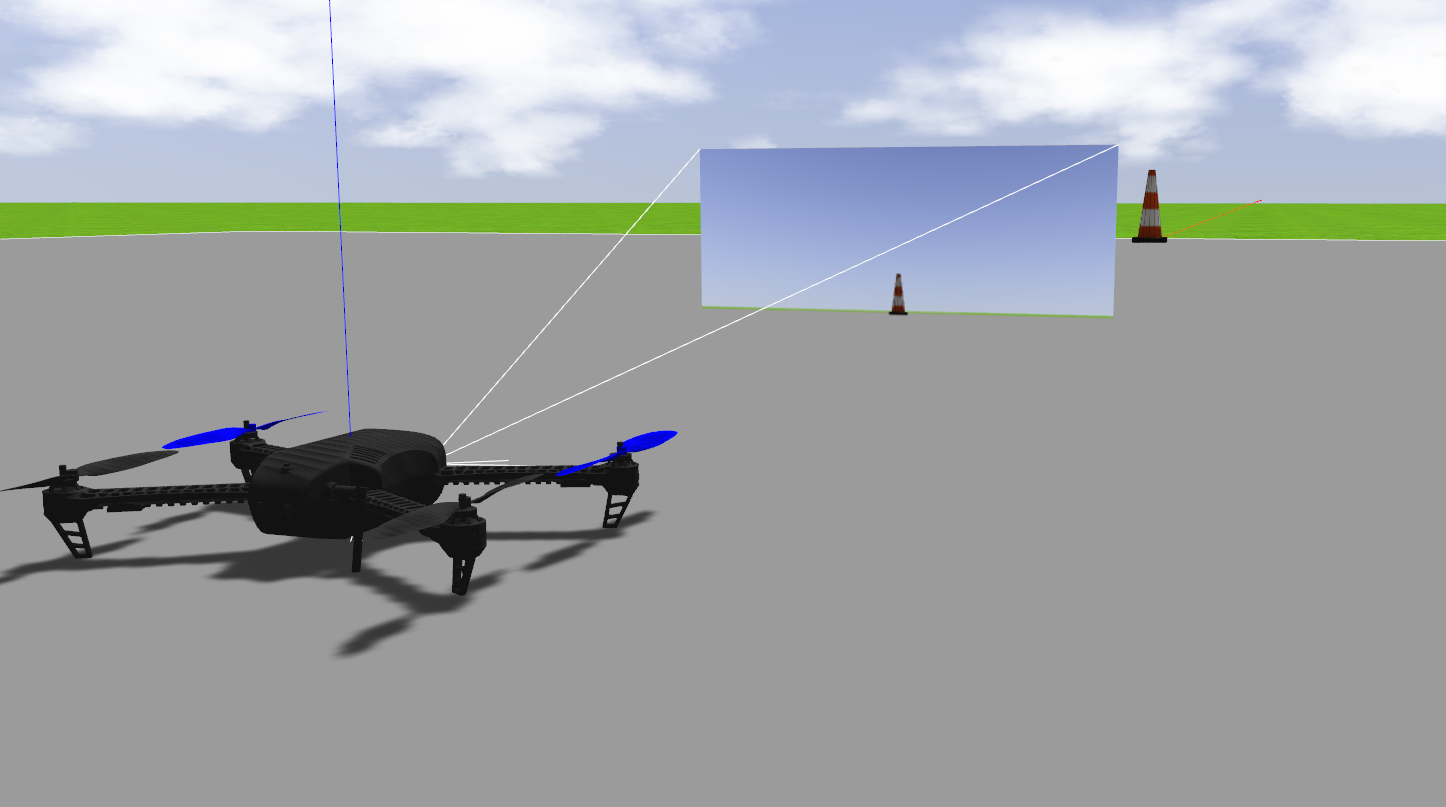Week 2
in Blog
GSOC Coding Week 2 Progress Report

This week I started by fixing the RADI-3.0(noetic). Due to python version change from 2.7 to 3.8, the modules which were deprecated needed to be updated with the new modules. Extended RADI-2.4.2(melodic) which supports hardware acceleration for Linux and Nvidia to RADI-noetic by creating a new Dockerfile RADI-3.1 Currently, 7 exercises are up and running. Click here for more details. Other exercises will be fixed soon.
VirtualGL is an open source toolkit that gives you the ability to access hardware-accelerated 3D from within the TurboVNC virtual X server. Click here to read about the comparison of remote desktop software available for various platforms.
I also made a draft PR to fix the issue #1021 which will solve the connectivity issue for the drone exercises in older computers where exercise.py tries to connect but Gazebo is not ready yet. Also, PX4 SITL and MAVROS will be sequentially launched and wait until the previous job is properly executed. To check for PX4 SITL
commander check
is used. When ready, Preflight Check will print OK else FAILED. For MAVROS
rospy.wait_for_service(self.ns + 'mavros/cmd/arming')
is used to wait until the rosservice is available. However, the exercise.py should run only when the new launch.py is properly completed. This is not fixed yet but will be done soon.
This week I also migrated the Position Control exercise from ROS-node to Web-template based. Position Control is an introductory exercise to show the student the need for PID. Since, this exercise does not give many oppurtunities, the Gazebo world was kept simple without much changes. Here is a teasor video of the position control exercise in web-template: